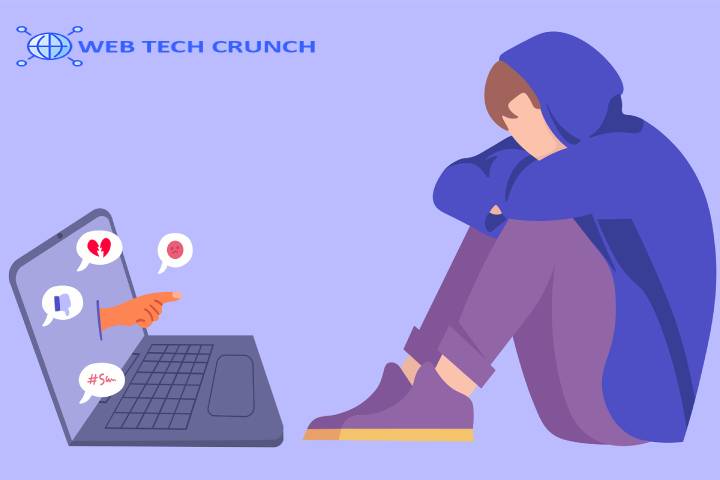Harassment online is a reality that we not only have to associate with younger people, anyone who is online can harass, be harassed, allow harassment, or normalize it.
We can define cyberbullying as the use of telematic means to harass, threaten, humiliate, embarrass or abuse, many times, with the armor of anonymity. Another characteristic of cyberbullying is that it occurs between equals, usually between minors, specifically adolescents, and, consequently, the legal consequences are different than if it is done between adults. This can lead to more permissiveness, even marking certain behaviors as “children’s things.”
Identify Cyberbullying
But cyberbullying is not a “child’s thing”, its consequences can be lethal, ending up with the self-esteem of young people and with serious pictures of anxiety. In some cases, victims develop illnesses that they will have to deal with for the rest of their lives.
In our reality and in that of our young people, unfortunately, cyberbullying is normalized, we have become used to seeing behaviors that may violate the rights of third parties, but that we are not able to identify, some of these behaviors can materialize in different ways, for example:
- Shameful picture distribution is taken in private settings.
- Memes or montages that are intended to ridicule.
- Theft of passwords to access private information.
- Impersonation to carry out actions that may violate dignity.
- Offensive posts harassing and threatening.
- The creation of rumors too socially destroys adolescents.
Also Read: EHealth – The Digitization Solution For The Healthcare Sector
Prevention Is The Main Tool
New technologies are necessary and open the doors to information and we must not renounce them, but it is necessary to educate and re-educate ourselves so that they are used responsibly on an essential basis: respect for others.
Cyberbullying has become transversal and we cannot attend to a specific profile of the victims, but we can carry out awareness and prevention actions in the youngest. For this reason, it is necessary to know the main aspects and concepts related to it and to know how to identify behaviors on the network that, even though they are normalized, can be the first step towards harassment with fatal consequences. Knowing the environments in which cyberbullying occurs and having the tools to report events that may violate people’s privacy and honor is essential. If we are all able to identify the same facts and report them, we can act together.
Young people also have to know the tools and know that reporting is essential. It is necessary that the protocols support the victims, but that they also carry o comprehensive monitoring of the bullies, know the profiles, and what drives them to carry out behaviors that are very far from respect for others. Being aware that they have responsibility for the acts they carry out inside and outside the network. And that with such acts they can do a lot of harm to their peers.
Learn At Home
Social networks are necessary in our environment, many times we ask young people to make responsible use of their mobile phones when adults are glued to them all day. Taking a screenshot of a profile, sharing it with our WhatsApp contacts, laughing, making jokes, and even accepting comments that, outside of the digital environment, would be unthinkable, can be the beginning of a harassment situation. If we see this example in teenagers, within an educational environment we throw our hands at our heads, but if they do it adults it is surely normalized. In this sense, we must all learn and know how to detect and reject those small actions that can become harmful to third parties.
The digital school is already a fact and codes of conduct, prevention, and program management have to be established, as well as evaluation and monitoring of the denounced events. Regardless of the school environment, at home,, there must be digital education, with agreements adopted between the parties and with proper management of new technologies.
Training as a first step
The training of all those involved is necessary, both parents and teachers must identify cyberbullying behaviors, in addition to knowing which are the channels to which they must go to report events that may violate the honor of third parties. Within this training must also be the awareness of minors and invite them not to “look the other way” every time they see these behaviors in networks. Encouraging to report and reporting when necessary. Remember, many times, the example is the key.
In training, not only do you learn to use digital parental control tools, you are invited to agree with young people, tools are given so that the critical and the institutional tools that we currently have are known.
In short, common sense is very important, but training all those involved and knowing how to act and where to go is vital to end cyberbullying.
Also Read: 10 Tech Trends For The Next Level Of Digital Transformation In 2021
